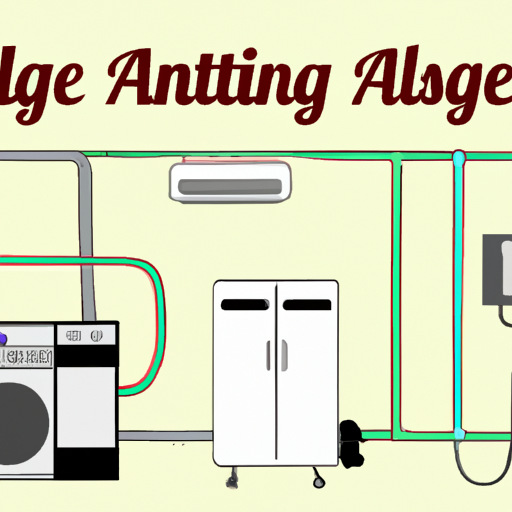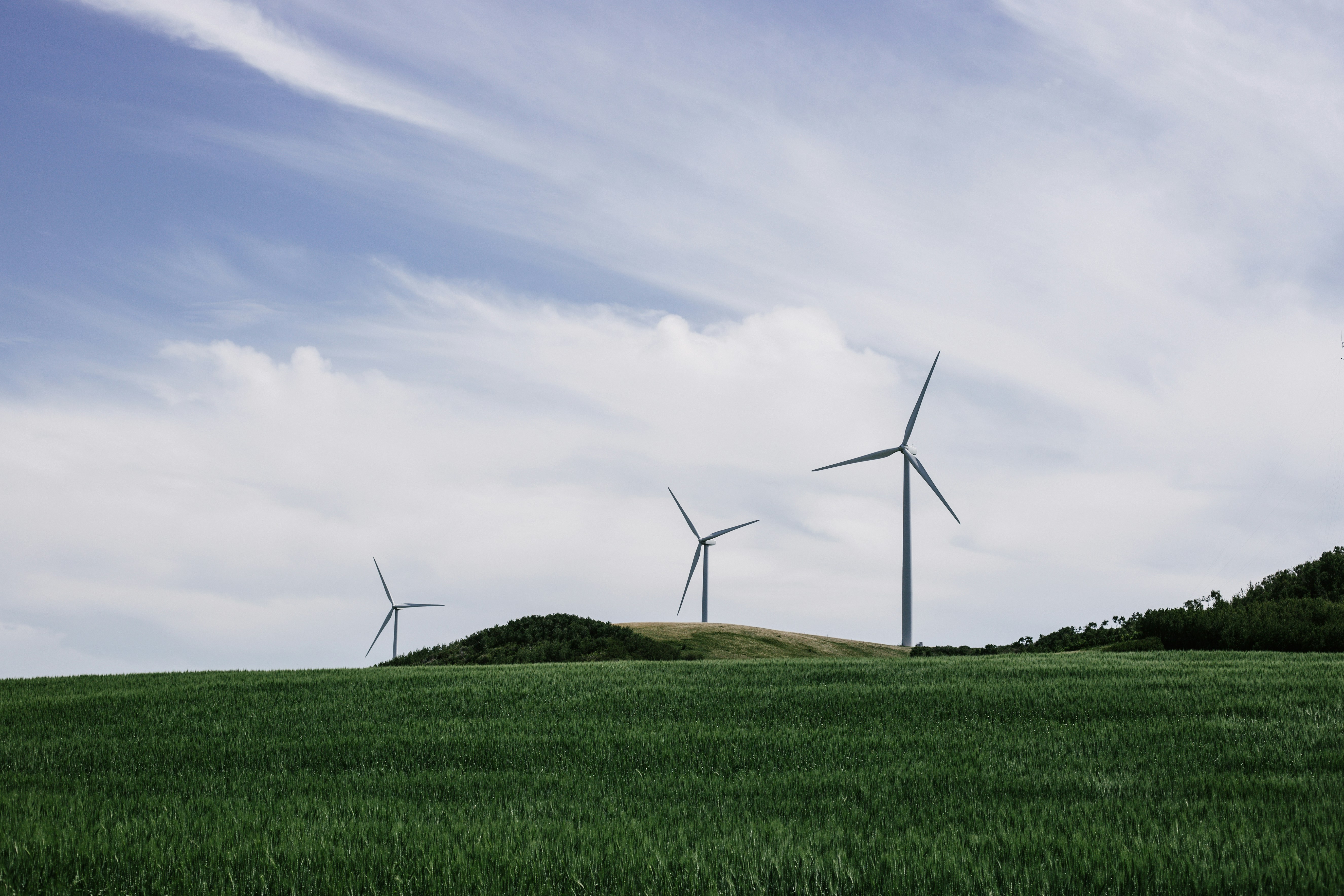You’ve probably had that moment of shock when you opened your electric bill, and it was far higher than expected. This prompts the question—what’s making your electric bill climb so steeply? The article “Understanding What’s Draining Your Electric Bill the Most” aims to answer this puzzle. You’ll discover the energy-hungry appliances that may be causing your bill to skyrocket and gain practical strategies for reducing your energy usage. Peppered with easily comprehensible concepts and engaging narratives, this article will help you navigate the complexities of your electric bill with ease.
Recognizing High Energy Appliances
Looking at your utility bill, you might find yourself questioning why your energy costs are so high despite your efforts to control appliances usage. This is where understanding energy ratings and identifying ‘energy hogs’ can be particularly useful.
Understanding Energy Ratings
Energy ratings are designed to inform you about how much energy an appliance uses. They’re displayed on the EnergyGuide labels found on most large appliances. Reading these labels is straightforward—the lower the number, the less energy the unit consumes, and therefore, the less it will cost you to run.
Identifying ‘Energy Hogs’
‘Energy hogs’ are appliances that consume an outrageous amount of electricity, pushing up your energy bills. Appliances such as air conditioning systems, water heaters, refrigerators, and dryers are typically the biggest energy consumers.
Review of Energy Star Ratings
Energy Star ratings are awarded to products that meet strict energy efficiency guidelines set by the Environmental Protection Agency and the Department of Energy. Appliances with Energy Star ratings are tested to save energy without sacrificing functionality or features. Therefore, opting for them can significantly lower your energy costs.
The Culprit of the High Electric Bills: Air Conditioning
Air conditioning systems are often the most substantial contributor to inflated electricity bills, particularly during warmer months.
Statistics on Air Conditioning Usage
Did you know that it’s estimated that about two-thirds of all homes in the United States have air conditioners? And these devices account for roughly 6% of all electricity produced in the country, costing homeowners over $29 billion annually.
How Air Conditioning Impacts Electric Bill
Air conditioners use a significant amount of electricity to operate. This high energy consumption directly influences your electric bill, often making it skyrocket during the warmer months.
Efficient Usage of Air Conditioning
There are ways to use your air conditioning more efficiently. Set your thermostat to the highest comfortable temperature, use ceiling fans to circulate air, and install window shades or films to reduce heat gain.
Electric Heating Systems’ Impact on Your Electric Bill
On the other side of the spectrum, heating systems can also take a toll on your energy consumption, particularly during the colder seasons.
Types of Electric Heaters
There are several types of electric heaters, such as baseboard heaters, radiant heaters, and fan Heaters, each with different energy consumption rates.
Efficiency Comparison: Electric vs. Gas Heating
While electric heaters may seem efficient, they often cost more to operate than gas heaters. Gas heating is typically cheaper as gas is generally less expensive than electricity.
Cost Saving Techniques of Heating
To save on heating costs, consider lowering the temperature on your thermostat, insulating your home, and ensuring that your heating system is properly maintained and working at peak efficiency.
Water Heaters: Understand Its Role in Your Energy Consumption
Another considerable contributor to your energy bill is the water heater.
Types of Water Heaters
There are different types of water heaters, including storage tank, tankless, heat pump, and solar each with varying efficiency levels.
Comparing Water Heating Energy Consumption
The standard water heater uses more energy than most of the appliances in your home. In fact, it can represent up to 20% of your home’s total energy use.
Efficient Water Heater Usage
Luckily, there are ways to use your water heater more efficiently. Think about insulating your water heater, lowering its temperature, and fixing leaks in your faucets.
Large Appliances and Electronics Consuming High Energy
In addition to HVAC systems and water heaters, many other household appliances and electronics can contribute significantly to your energy consumption.
Overview of Large Energy Consuming Appliances
Appliances such as refrigerators, dryers, and dishwashers are among the many large appliances that can increase your energy costs.
Breaking Down Energy Consumption in Electronics
Likewise, electronics like televisions, computers, and gaming systems can also draw a lot of power, especially when they are left on or in standby mode.
Energy Saving Tips for Large Appliances
There are many ways to save energy with large appliances, including keeping them properly maintained, unplugging them when they’re not in use, and replacing older models with Energy Star-rated appliances.
Small Appliances’ Unexpected Energy Consumption
Don’t be fooled by the size of small appliances – they can also be significant culprits of energy consumption.
Identifying Energy Draining Small Appliances
Items like coffee makers, toasters, and hair dryers may not seem like they would use a lot of energy, but usage can add up over time.
Ways to Reduce Small Appliance Energy Use
To cut energy use, consider unplugging small appliances when they’re not in use and opt for energy-efficient models when purchasing.
Standby Power Consumption
Even when switched off, many electronic devices and appliances keep drawing power. This phenomenon is known as phantom or standby power, and it can account for up to 10% of home energy use.
The Impact of Lighting on Your Electric Bill
Believe it or not, the type of light bulbs you use and how long you leave them on can have a significant impact on your electricity bill.
Different Types of Light Bulbs
Incandescent, compact fluorescent (CFL), and light-emitting diode (LED) bulbs all have different levels of energy efficiency and longevity.
Understanding Wattage and Energy Use
Knowing the wattage of your light bulbs can help you understand how much they can add to your electricity bill. A higher wattage bulb consumes more electricity and will cost more to operate than a lower wattage bulb.
Energy-Efficient Lighting Options
Replacing incandescent bulbs with more efficient options, such as LEDs, can significantly reduce your energy expenditures. LEDs use up to 80% less energy than traditional bulbs, and they last much longer.
The Role of Insulation in Energy Efficiency
Insulation plays a crucial role in maintaining energy efficiency and controlling utility costs in your home.
How Does Insulation Work?
Insulation works by limiting air movement in your home so that warm air stays in during the winter and out during the summer.
The Economic Impact of Poor Insulation
Poor insulation can significantly increase your energy expenditure as more energy is needed to heat or cool your home.
Options for Improving Home Insulation
Enhancing your home’s insulation can involve sealing air leaks, adding insulation to attics and walls, or replacing windows with energy-efficient models.
Identifying and Reducing Phantom Electricity Usage
Phantom electricity usage is a silent power drainer that can be concealed in your energy bill.
What is Phantom Electricity?
Phantom electricity is the energy that your appliances and electronics consume when they are not in active use but still plugged in.
Common Sources of Phantom Electric Usage
Common sources of phantom power usage include electronics like computers, TVs, and even cell phone chargers.
Tips to Minimize Phantom Electricity
You can minimize phantom electricity by unplugging devices when not in use, using power strips, or investing in smart outlets.
Reviewing Consumer Behaviour and its Impact on Electric Bills
Your habits and patterns of energy usage can significantly impact your energy bills.
Influence of Usage Patterns on Bills
Activities like leaving lights on after leaving a room, overusing heating or air conditioning, and unnecessary usage of appliances can all add up to higher energy bills.
Energy Wasting Habits to Avoid
Energy-wasting habits to avoid include not turning off lights or appliances when not in use and overuse of heating and cooling systems.
Effective Behavior Changes for Energy Saving
Making behavior changes, like being more conscious of turning off lights and unplugging unused devices, can lead to significant energy savings. Also, using eco modes on appliances, changing air filters regularly, and using appliances during off-peak hours can also help lower your bill.
By being armed with this knowledge, you can now identify high energy consumption areas in your home and take steps to mitigate them, helping you to lower your energy costs and, at the same time, contribute to a more sustainable future.



